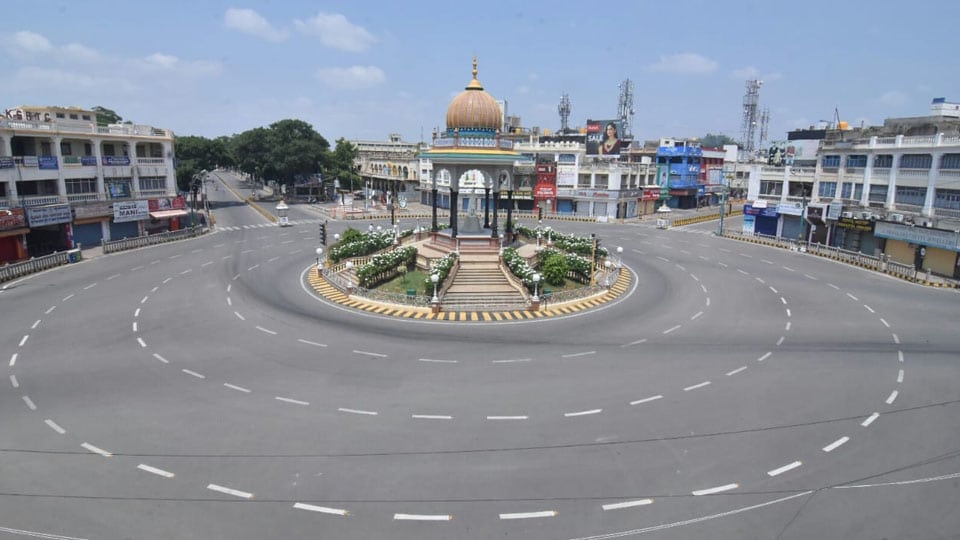New Delhi: On Mar. 23, 2020, the Government of India under Prime Minister Narendra Modi ordered a nationwide lockdown for 21 days, limiting movement of the entire 1.38 billion population as a preventive measure against COVID-19 pandemic.
A 14-hour voluntary lockdown called ‘Janata Curfew’ was observed in India on Mar. 22. On Mar. 23, in a televised speech to the nation, Prime Minister Narendra Modi announces that the entire country will be in a complete lockdown for 21 days.
He said it was not a curfew, but, given the seriousness of the matter, it should be treated as no less. On Apr. 14, 2020, the Centre extended the lockdown till May 3 and on May 1, lockdown was further extended till May 17.
After 365 days what has changed, nothing much. Though India has a range of vaccines that are reasonably effective in spreading virus infections, the country is staring at the second wave of Coronavirus. Experts say it’s time to admit that there have been many lapses at the community level. Though health experts have said that the total lockdown is not essentially the solution, what India is seeing now is an unfortunate recap of what it experienced in 2020. States after States, local authorities are clamping lockdowns, night curfews and restraining Inter-State movement.
Maharashtra reported 30,535 new infections in the past 24 hours, which could send the country’s overall cases to nearly four-month high when national data is released late last night. With 11.6 million cases, India is now the worst-affected country after the United States and Brazil.
Maharashtra, India’s most industrialised State and home to its financial Capital Mumbai, has been accounting for more than 60 percent of the country’s total cases after a full-scale reopening of its economy unleashed a second wave of infections late last month. The State recorded 99 COVID-19 deaths in the past 24 hours, a case fatality rate of 2.15 percent, which is higher than the national figure of around 1.5 percent.








Recent Comments